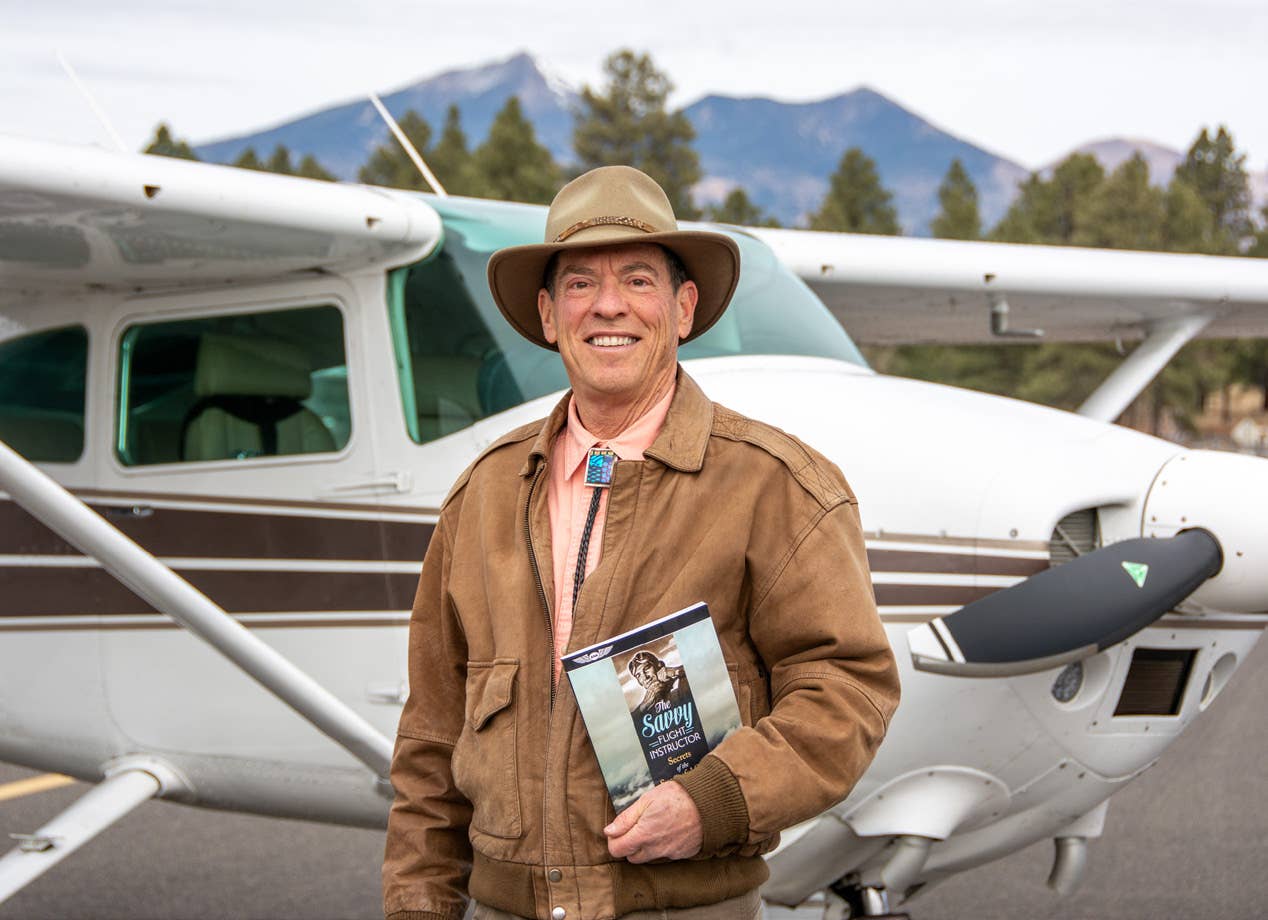
A multifaceted approach will ensure you’re prepared. fizkes/iStock
If you’ve talked with pilots who acquired their initial tickets before 2015—and especially those who learned to fly in the 1970s, ’80s or ’90s—you may find they refer to the knowledge exam with a certain amount of disdain.
“Just get it over with.” “It’s a multiple-guess test.” “It doesn’t apply to real flying.”
They come by those attitudes honestly. The private pilot knowledge test has long been a collection of 60 multiple-choice questions testing the applicant on a range of topics covering aircraft systems, aerodynamics, weather, engines and navigation, among others. In the past, many of those questions were seemingly random or arcane, testing on abstract concepts rather than on the concrete information necessary to fly safely. The test involved almost solely rote memorization rather than applied learning.
One example: Pilots need to learn how to use performance charts as presented in the aircraft manufacturer’s pilot’s operating handbook in order to calculate critical values such as takeoff distance and fuel burn. The former test would ask for a precise number interpolated from a poorly reproduced chart—when in reality, using the more conservative figure (rather than an interpolation) would lead to a greater margin of safety for the given flight.
John King, co-founder of King Schools and an instructor for several decades, says: “In 1975, Martha [King] and I started teaching weekend ground schools. A hundred or so people would show up, [and we’d teach them what they’d need to know for the private pilot knowledge test] all in two days. We did that for 10 years—50 weekends a year.” The Kings found that when they’d return to a location to teach after a year or two had gone by, they’d hear stories about pilots who’d had accidents—or even been killed flying. “Meanwhile, the FAA kept asking trivial questions, often including double interpolations and the like. But they were failing to teach people anything to do with identifying and mitigating the risks.”
King continues on to recall exactly the premise behind how the tests were constructed back then. “The tests were trivial and tricky because [the division of the FAA] wanted a bell-shaped curve”—a certain number of people passing and failing—“so they were trying to get people to mess up.”
In 2011, the division responsible for pilot testing—AFS 630, the Airmen Certification Branch—had come under new management and sought to correct the institutionalized issues within. Under the leadership of division manager Van Kerns, an initiative was launched the next year to collaborate with constituents in the aviation training industry to—formulate a remedy—and to turn the knowledge test into a useful exercise.
The result was the current set of Airman Certification Standards, which form a consolidated standard for the knowledge, skills and risk-management techniques needed to be demonstrated on the knowledge and practical exams for a given certificate or rating. The first ACS, for the private pilot certificate, debuted in 2016.
So why does this matter to you? And how will knowing this story help you prepare for the written test?
While the test remains a 60-question multiple-choice experience, the questions themselves have changed radically. Jackie Spanitz, general manager at Aviation Supplies & Academics, was part of the committee that collaborated with FAA on the new standards. She describes how the questions relate to what you learn in the airplane. “The test questions are focused on the required knowledge—more so than the skill that will be demonstrated during airplane practice. The FAA knowledge exam focuses on what applicants must know, where the practical exam (check ride) focuses on what applicants must consider (risk) and do (skill).
“With the introduction of the ACS, the FAA reviewed all the test questions to ensure they were meaningful and relevant to safe operations as a private pilot. If a test question couldn’t be assigned an ACS code, then it was removed from the test or revised. In this way, the test questions all serve a specific purpose relative to private pilot privileges and limitations.”
Spanitz provides a good overview for how you should go about preparing for the knowledge exam: “Students should study ‘in context’ as much as possible. Students need to first learn and then study. Applicants can complete a ground school and/or read a comprehensive textbook—and then, once complete, begin the test-prep process. Often, applicants want to study as a way to learn, but this is more time-consuming and less effective. Once the learning process is complete, and applicants are ready to study, they should take a look at the Private Pilot Airman Certification Standard (ACS-6) Appendix 1, where they’ll find the Knowledge Test blueprint. This blueprint will communicate the ‘weighting’ of each subject (which is all 12 topics as defined within [the regulations]).
“[Students will] find each topic will make up between 5 to 15 percent of the test, which means they can expect to see between three and nine questions on a given subject. Knowing this, students can tackle each subject in their test-preparation materials—studying to 100 percent success, which will ensure they will pass with more than the required 70 percent.”
If you don’t already know your favorite method of studying, now is the time to figure out what approach will work best for you. Remember, multiple pathways to accessing the information can enhance your ability to recall it—and increase the depth of your understanding of the material. Spanitz offered an example: “Applicants often use a variety of methods in tandem: first, books to highlight, dog-ear pages, write in margins; second, software to create realistic practice exams, and review missed questions to ensure all subjects are mastered; and third, apps as ‘flashcards’ for on-the-go quick review.”
Two good resources for the exam include the Airman Testing page on faa.gov—now a single place from which to access information regarding updates to the test—and the FAA Safety Briefing archives, which hold a repository of background data and techniques for studying for the exams.
So, you’re ready to take the test? Two days before your appointment at the testing center, set aside an evening to study once more—then get a good night’s sleep. You might be too nervous on the actual night before the exam to sleep well, so it pays to bank some good sleep earlier that week. On the eve of the exam, relax, eat a healthy meal and do your best to rest. Go into the testing center lightly fed and hydrated and with the materials they have indicated you can bring.
As you move through the questions, answer those that come easily first. If you stumble on one, move on; you don’t want to spend the effort on it if it puts at risk your ability to answer the remainder of the questions. You can go back to the more challenging ones after you’ve made your first pass and then take the time to sort them out.
Once you complete the exam, you will get a report indicating the number of questions you’ve missed, if any—but it does it in code. Those ACS codes are pretty specific, and starting in January 2020, you and your instructor will have access to the codes, so you can determine, in fairly fine detail, the subject of the missed question. You will need to show your test report to the examiner giving your check ride, so it’s certain you’ll be asked questions covering any areas you messed up on the written test.
This is not about studying a test bank and memorizing irrelevant stuff. If you use the ACS as the basis for studying, you’ll ace not only the knowledge test but the real life test as well.
This story appeared in the Learn to Fly Special Issue of Flying Magazine

Sign-up for newsletters & special offers!
Get the latest FLYING stories & special offers delivered directly to your inbox






